In many countries, we waste about 20 per cent of the food we buy each week. What? Staggeringly, one fifth of the food we purchase goes into the bin. And half of the waste we produce each week is food waste. So how can we avoid spending our hard earned dollars on things we don’t use? We show you how to wage your own #WarOnWaste.
All of us are guilty of the optimistic food and veggie purchase. We feel like the family should eat lots of veggies but instead of planning it out, we often go to the shops and just throw things into the trolley hoping we’ll find a use for it. Alternatively, things go soft or off before we have a chance to use them.
Common items that go to waste are lettuce, lemons, fresh herbs (which are expensive and often not used up), celery, spring onions, bananas, cheese, milk, potatoes and berries. The most common meats going to waste are chicken and mince.
Here are our top 10 tips to decrease your waste:
- Plan your meals so you only buy what you need for the week.
- Grow your own herbs so you only cut what you use. See our guide to starting a herb garden from scratch. Store your herbs by washing them, spinning them in your salad spinner then storing them wrapped in paper towel in a sealed container in the fridge.
- When vegetables like celery are looking a little sad, throw them in the freezer with others until you have time to use them for homemade stock.
- Try and purchase only the amount of celery or spring onions you need (you can often buy celery by the stick, or less than a bunch of spring onions). Offer leftover spring onions to your neighbours when they are still fresh or plant them in a pot to extend their life until the next time you need them.
- Plan to eat your leftovers either at lunch the next day or freeze unused portions for another time. Saving on lunches can make a big impact of your budget.
- Prepare your meat when you get home from the butcher/supermarket – either by marinating it and then freezing it, or cooking some meals and freezing them cooked. Don’t be tempted to freeze the meat raw – you often forget what meal you were planning to use it for.
- Roast unused veggies and put on top of lebanese bread and passata with some cheese for a quick weekend pizza meal. Or make a crudité plate with cheese or a dip with the half a capsicum, cucumber, celery for snacks.
- Cook a roast at the end of the week and roast or steam the remaining veggies in the fridge.
- Freeze over-ripe bananas for making banana cake or smoothies at a later date. They defrost quickly when ready to use, or pop them in the microwave for 10 seconds and they are ready to go into the mix.
- Get a compost bin so anything well beyond its prime can become compost in a few months.
By doing all of the above, you can decrease total waste to almost nothing. You can recycle almost all food packaging into the recycling bin or the soft plastics (such as bread bags) at your local supermarket. Good for the environment and the budget. The Food Know How program has some great tips and hints on decreasing your food waste.
Share your waste reduction tips with us.

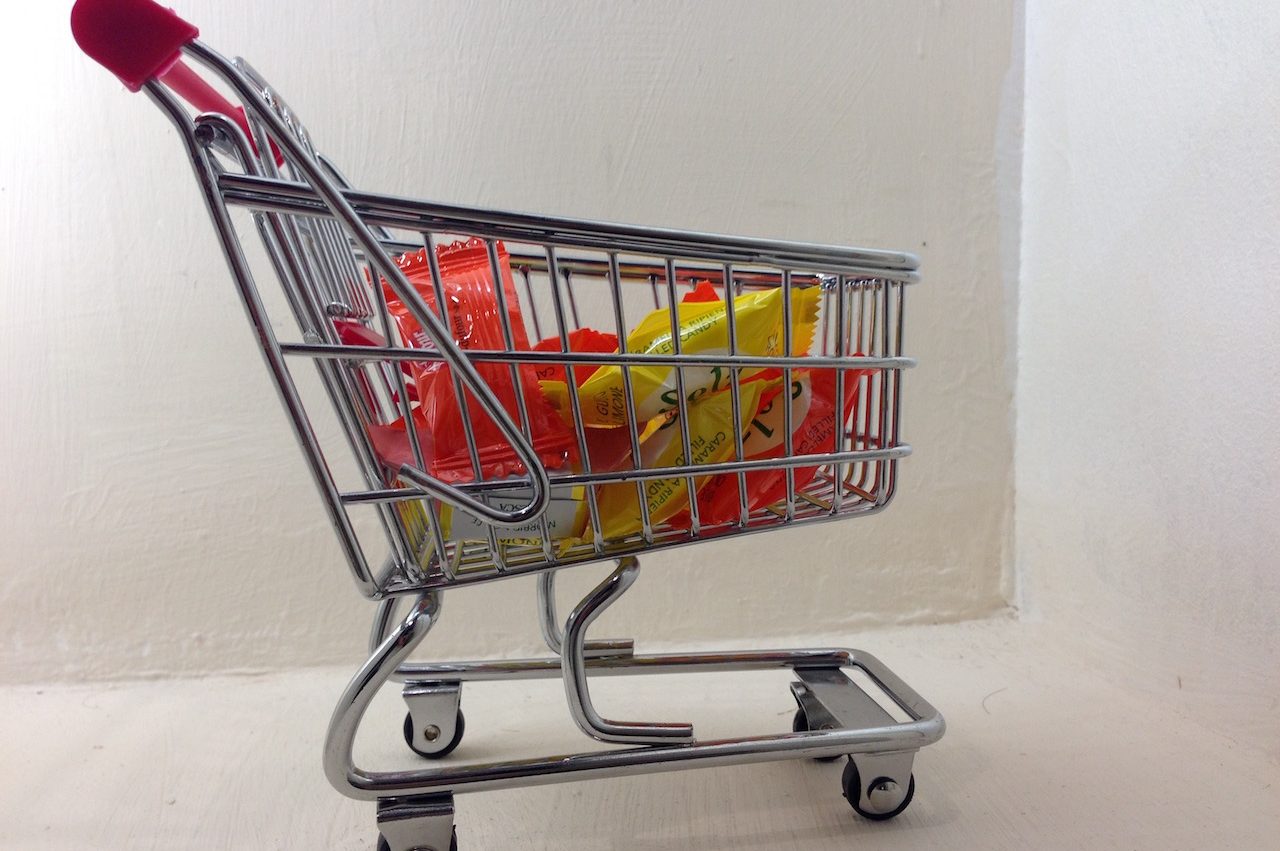
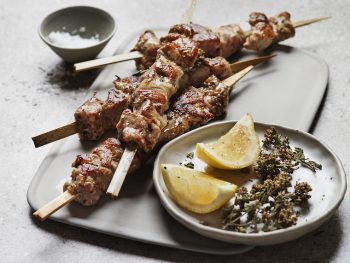
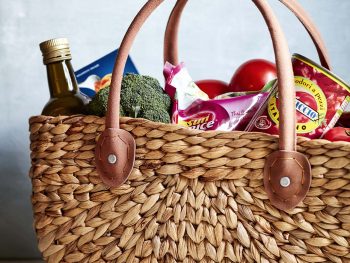
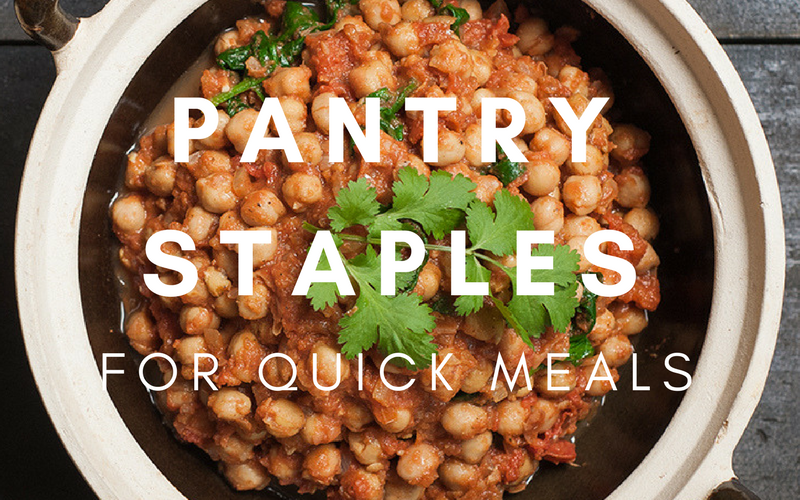
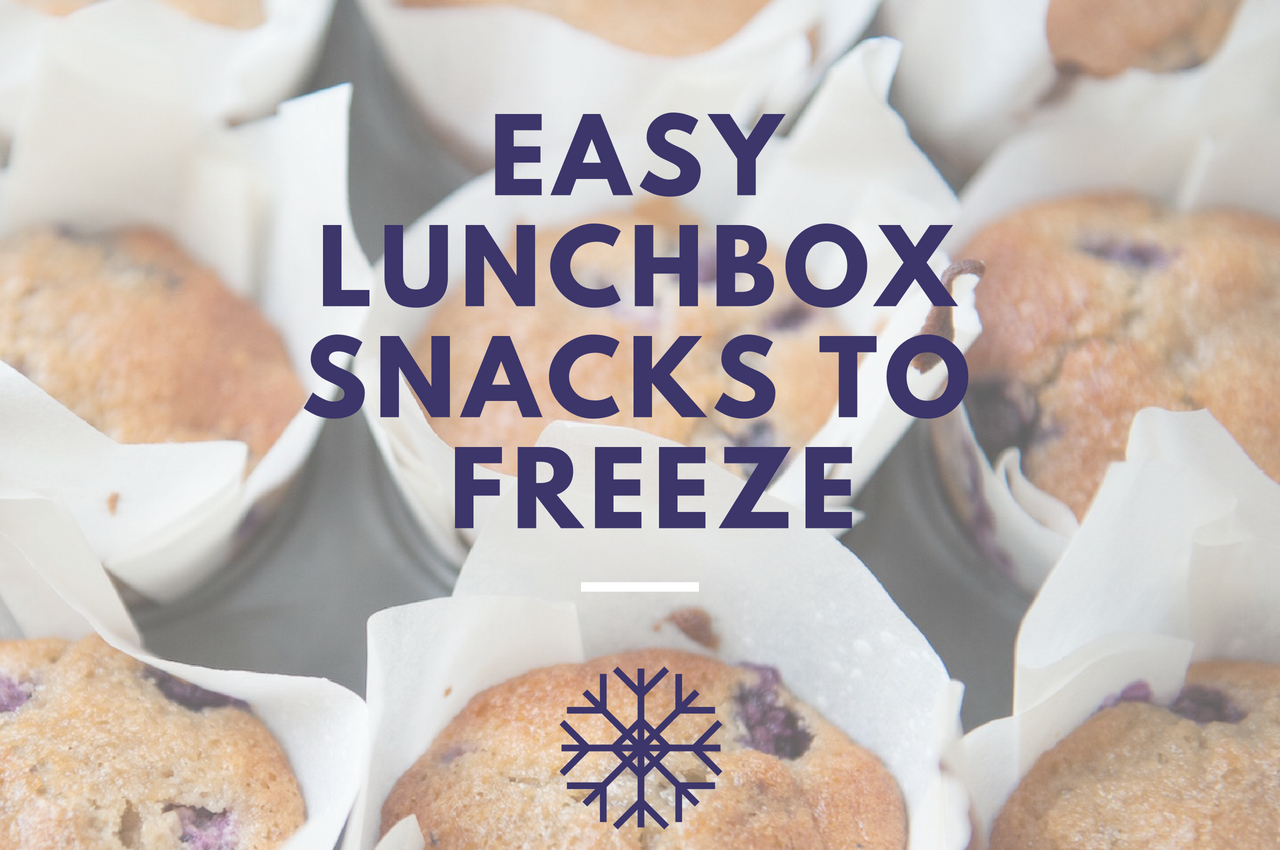
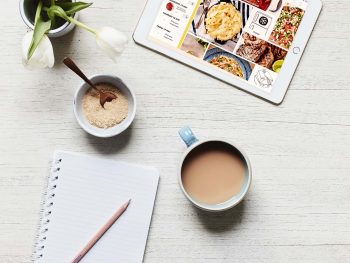
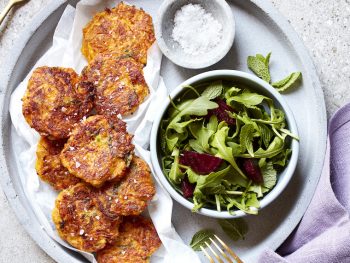
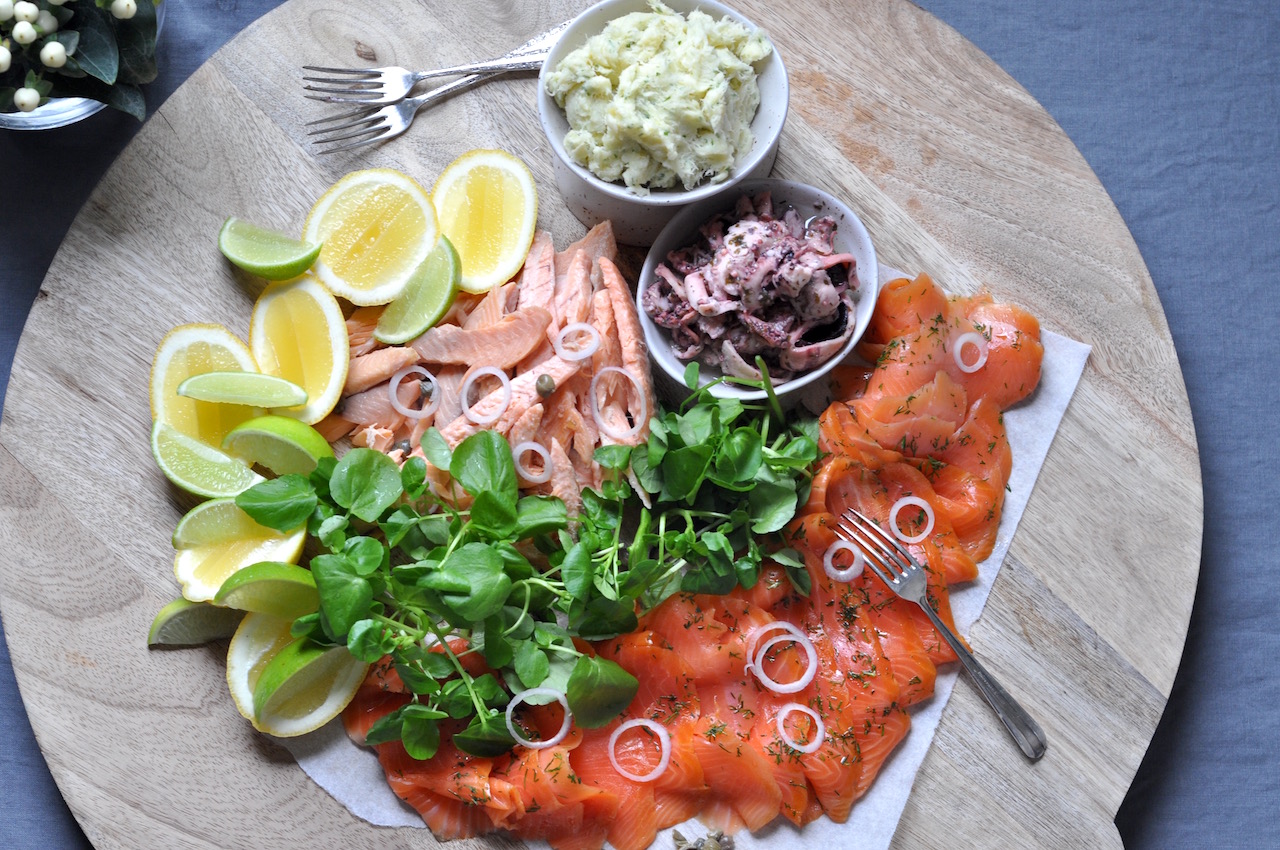
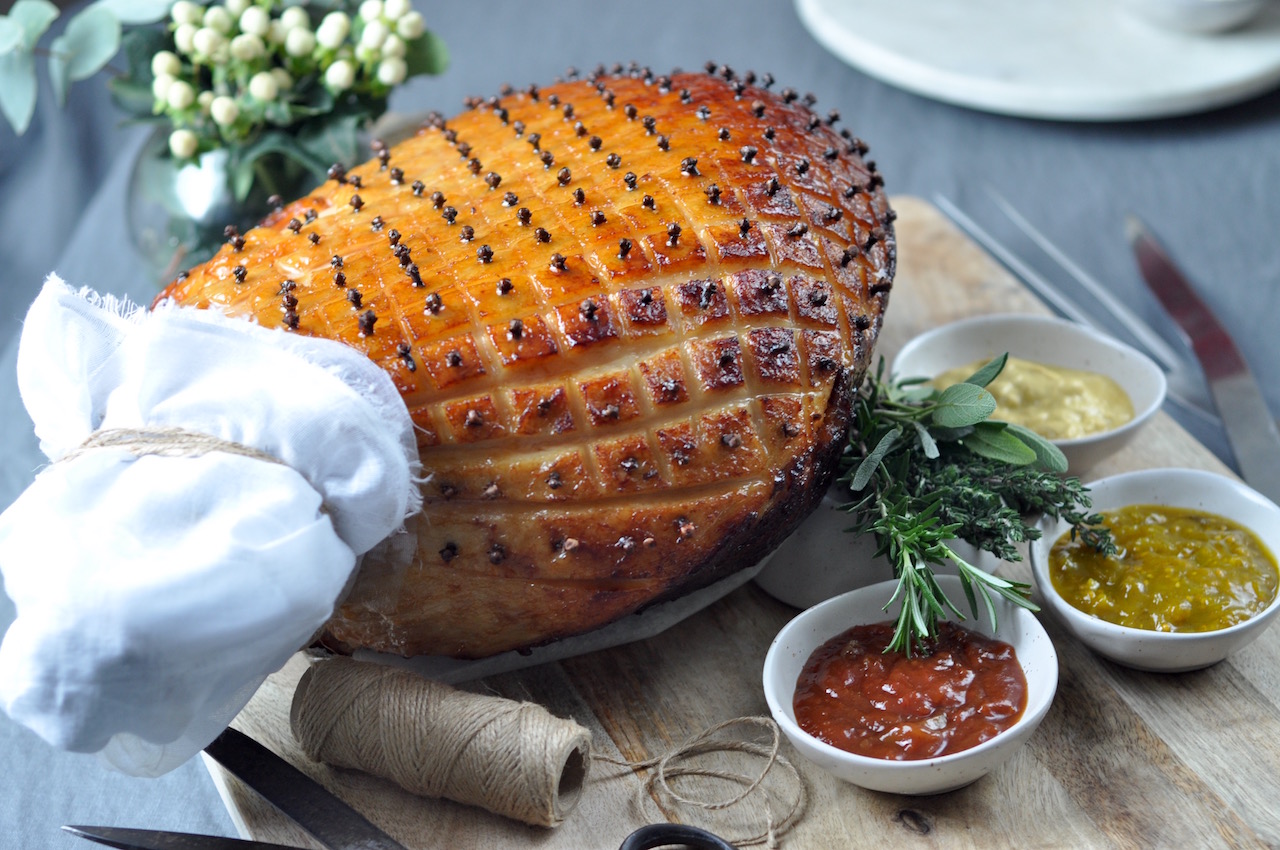
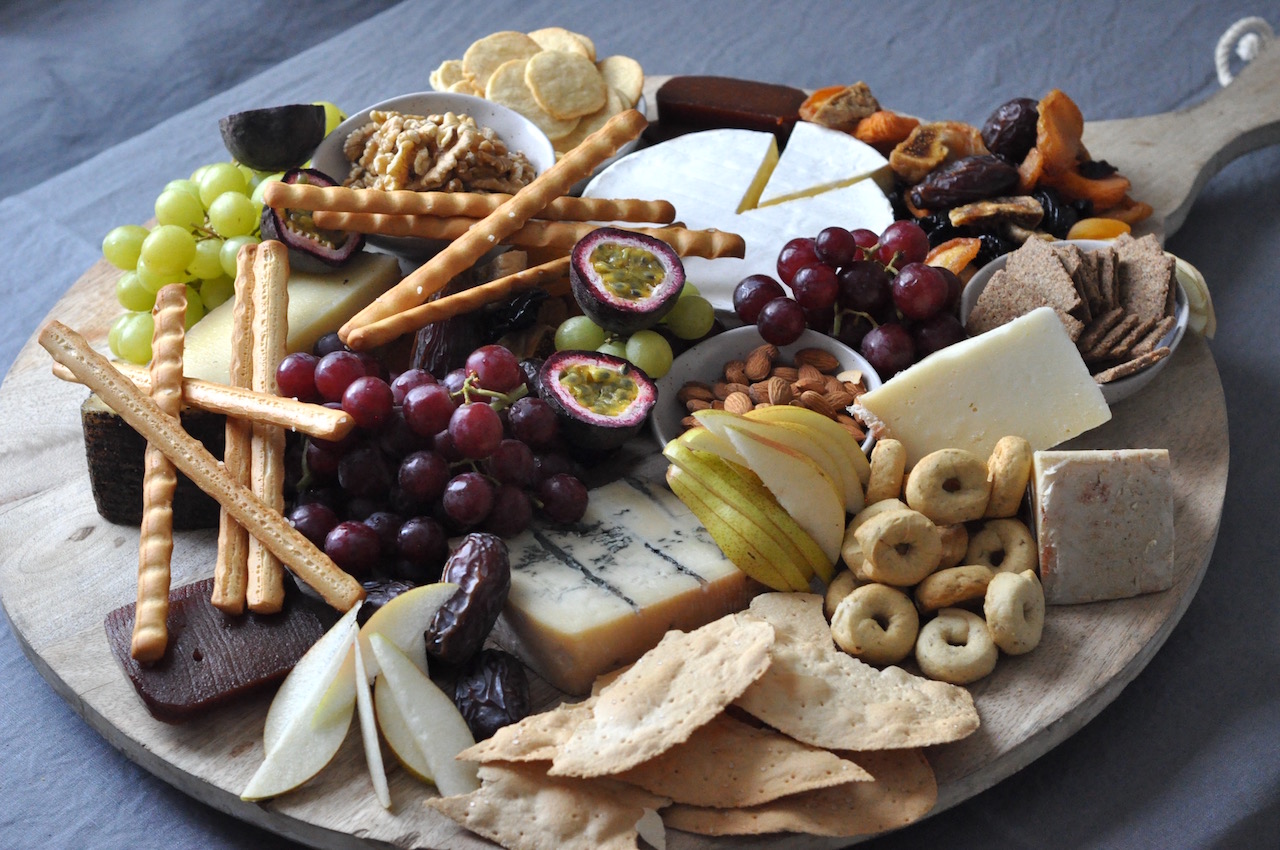
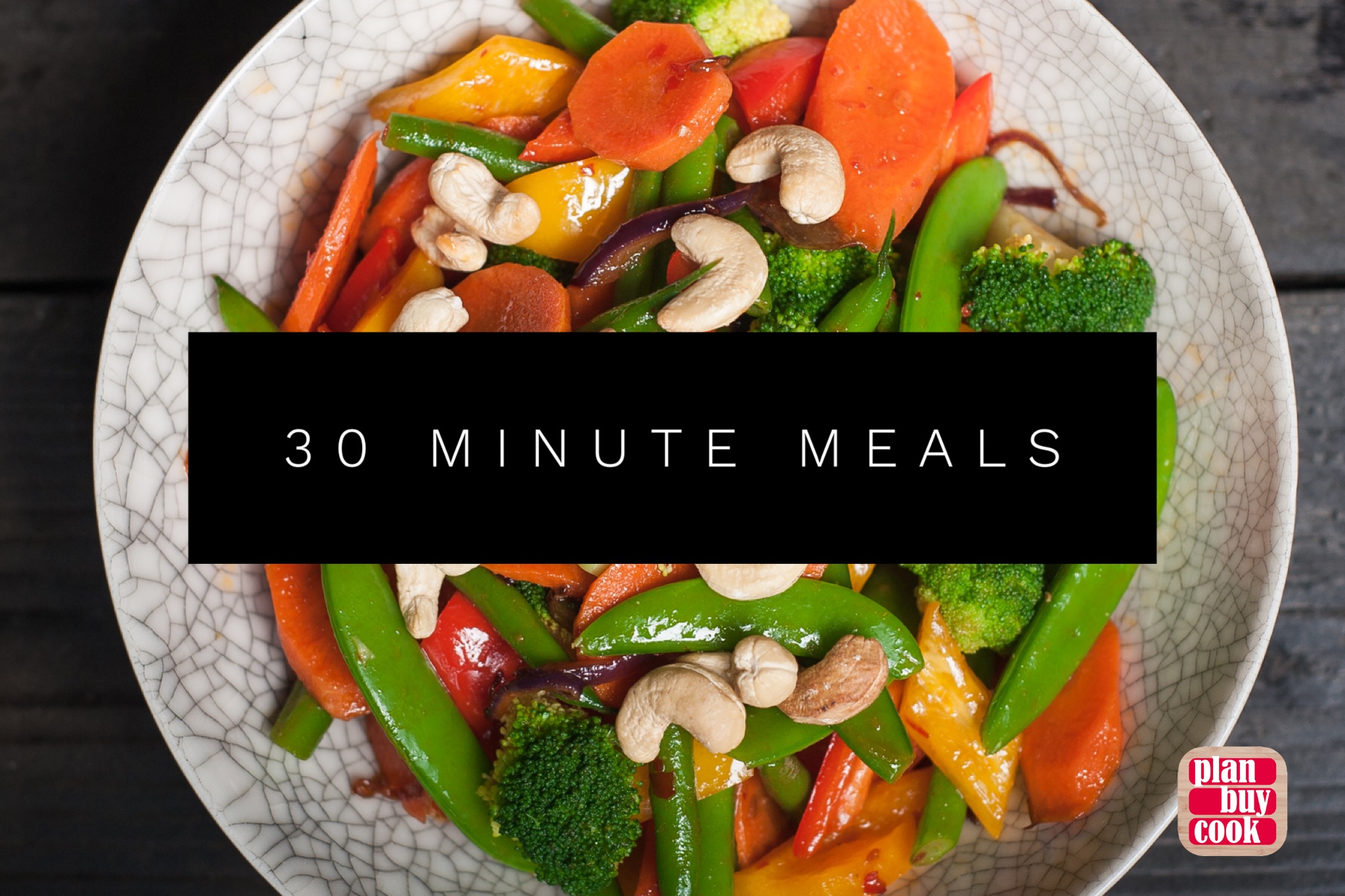
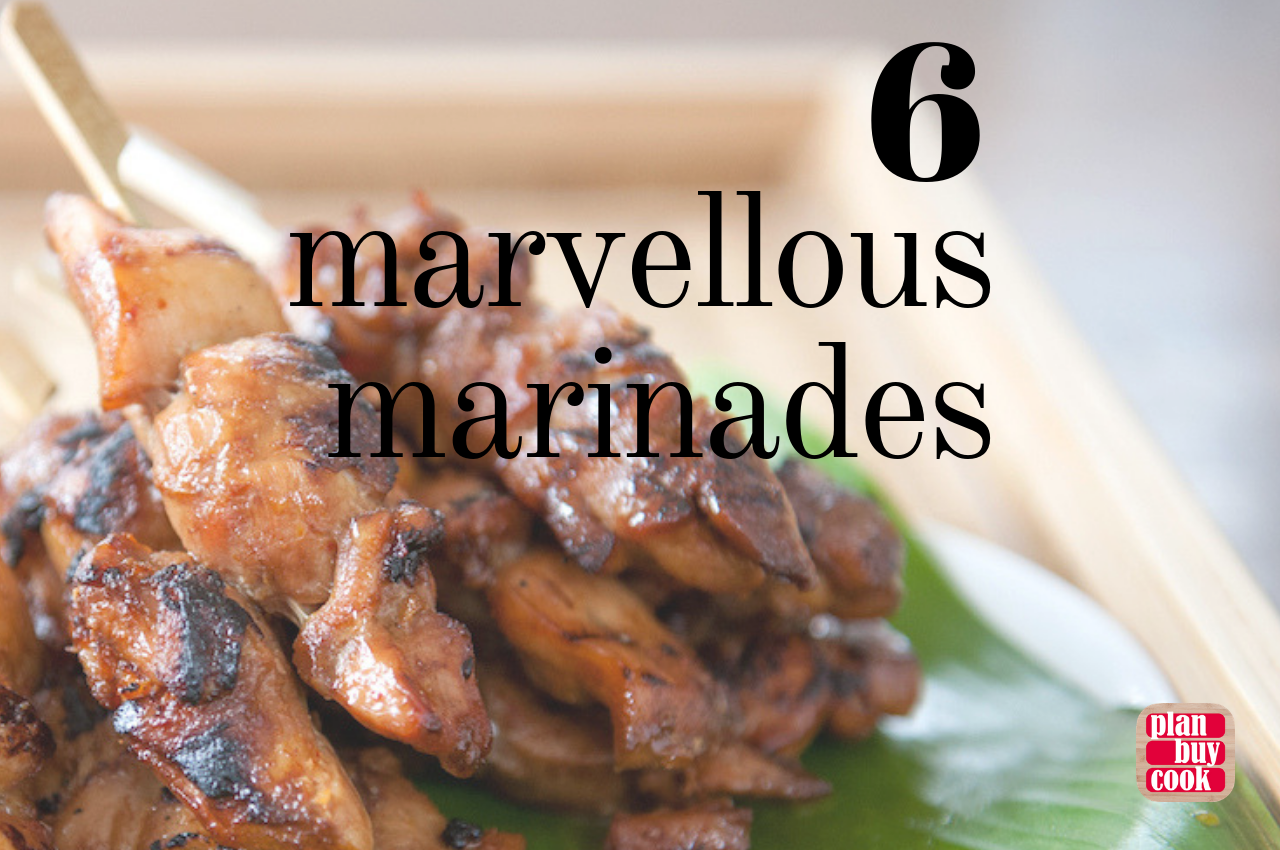

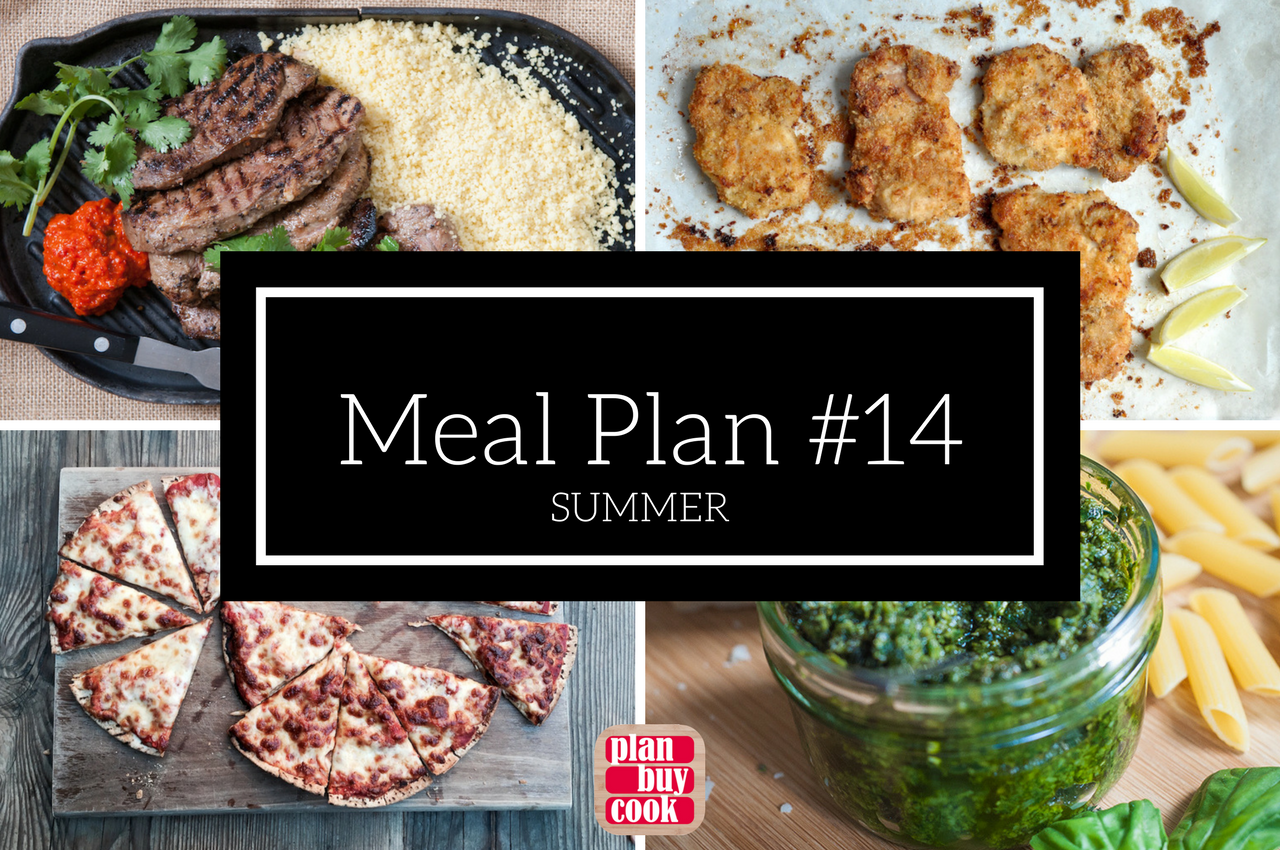 Meal plan #14 – Summer
Meal plan #14 – Summer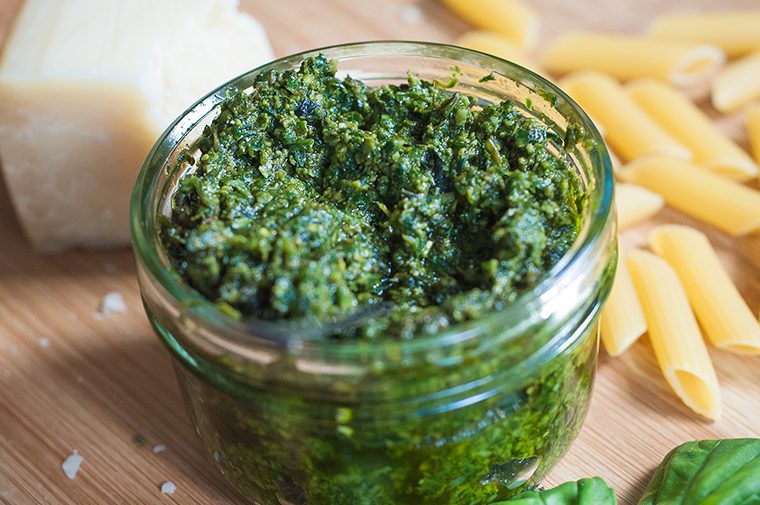
Leave a Reply